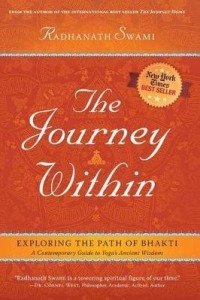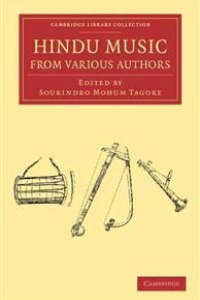
Liknande böcker
Songs of Khayal
Bok av Nicolas Magriel
Book & DVD. Khayal is the pre-eminent genre of Hindustani vocal music: It is a dynamic ever-changing art form which, in its present form, accompanied by tabla, began to crystallise in the early nineteenth century. Many changes occurred in the twentieth century, most notably a radical slowing down of the vilambit part of performance and the gradual replacement of the bowed sarangi by the harmonium as the preferred instrument of melodic accompaniment. In this substantial contribution to the literature on khayal, the authors have collected, transcribed, translated and analysed 492 songs (bandises) of khayal. The songs are all culled from commercial recordings of the twentieth century, beginning with the first ever recording of khayal, Gauhar Jan's rendition of rag Sur Malhar, recorded in 1902. The transcriptions utilise a modified form of Indian sargam notation, achieving an unprecedented degree of detail and accuracy with regard to rhythmic values and tonal nuance. Chapter One defines khayal and looks at the birth of the recording industry in India and the history of khayal on records. It also presents hereditary and teaching lineages of the artists whose recordings have been transcribed. Chapter Two explains the notation system after surveying the great variety of notation systems which have proliferated since the mid-nineteenth century. Chapters Three and Four examine khayal songs from poetic, thematic and linguistic perspectives. Chapter Five looks at the rhythmic structures of khayal songs while Chapter Six explores the melodic nuances of khayal. Chapter Seven is a melodic, structural and poetic examination of a single khayal bandis as performed by five different artists. The discussion and analysis is housed in Book One. Book Two presents the songs. The enclosed DVD contains almost 2,000 sound files, the sthayi and antara sections of earch song, extracted from the original recordings nearly 500 additional sound files of khayal nuances illustrate the notated examples in Chapter Six. There is also a collection of alternative song texts for many of the songs and a series of charts presenting technical information from the authors' database.







